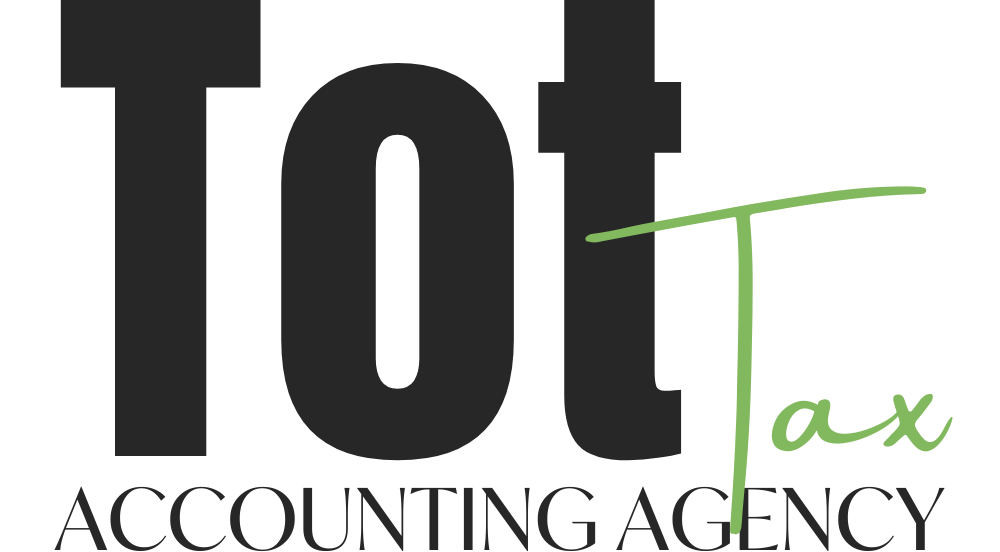A Homeowner’s Guide to Calculating Your Capital Gains Tax
A capital gain is a difference between your sale price and what you paid for the property. Start with your acquisition price, which is your purchase price plus other relevant costs such as closing costs.
If you purchased your home for $150,000 and you were to sell it for $350,000, you would have a gain of $200,000. This amount would not be taxed if you are single and your total income is $250,000 or less.
If you are married and filing jointly with your spouse, a maximum capital gain of $500,000 from the sale of your home wouldn’t be taxed. If you are married filing separately from your spouse and your combined income is more than $250,000 or less, a maximum capital gain of $125,000 from the sale of your home wouldn’t be taxed.
Calculating Your Cost Basis and Capital Gain
If you have owned your residence for at least one year, you will be subject to the maximum capital gains rate of 15 percent. If you have owned your residence for less than one year, you will be subject to the maximum capital gains rate of 25 percent.
The Cost Basis and the Capital Gain:
If the sale price is higher than the cost basis, then you would have a capital gain (the difference between the acquisition cost and the sale price). If the sale price is less than the cost basis, then you would have a capital loss (the difference between the acquisition cost and the sale price).
The Capital Gains Tax Rate
The capital gains tax rate is based on your taxable income. If your taxable income is less than $200,000 and you are single, you will be subject to a maximum capital gains rate of 15 percent.
The 2-out-of-5-Year Rule
If you sell your home and buy another within 2 years, you will be subject to the maximum capital gains rate of 25 percent. You must have owned the home for two out of the five years before the sale to qualify. The home must also be your primary residence. If you sell your home and buy another within 2 years, you will be subject to the maximum capital gains rate of 25 percent.
Two things must happen:
1. The property must be used as your primary residence and it cannot be rented out.
2. The new property must be purchased within two years of the sale, not including the day of the sale. The day of the sale is counted.
If you change jobs, move from the area, or lose your job, you must continue to live in the home as your primary residence. You can’t rent it out.
Qualifying Lapses
A qualifying lapse is any period of time during which the residence is not your primary residence. This includes when you are not living there, when it is rented out, or when you are on qualified extended leave.
Qualified extended leave means you are on leave for at least six months under the threat of imprisonment for a crime, you are serving in a foreign country under a compulsory duty, or you are in a nursing home due to disability.
Conclusion
Calculating your capital gain tax is a simple calculation that you can make by hand. There are many different kinds of capital gains calculators, and you have to have one that is specifically for calculating your capital gains tax.
If you find that using a calculator to figure out your capital gains tax is too complicated for you, you might want to hire an accountant. Tottax offers accounting tax services in Denver to help you make these calculations. Get in touch with us today to learn more.
